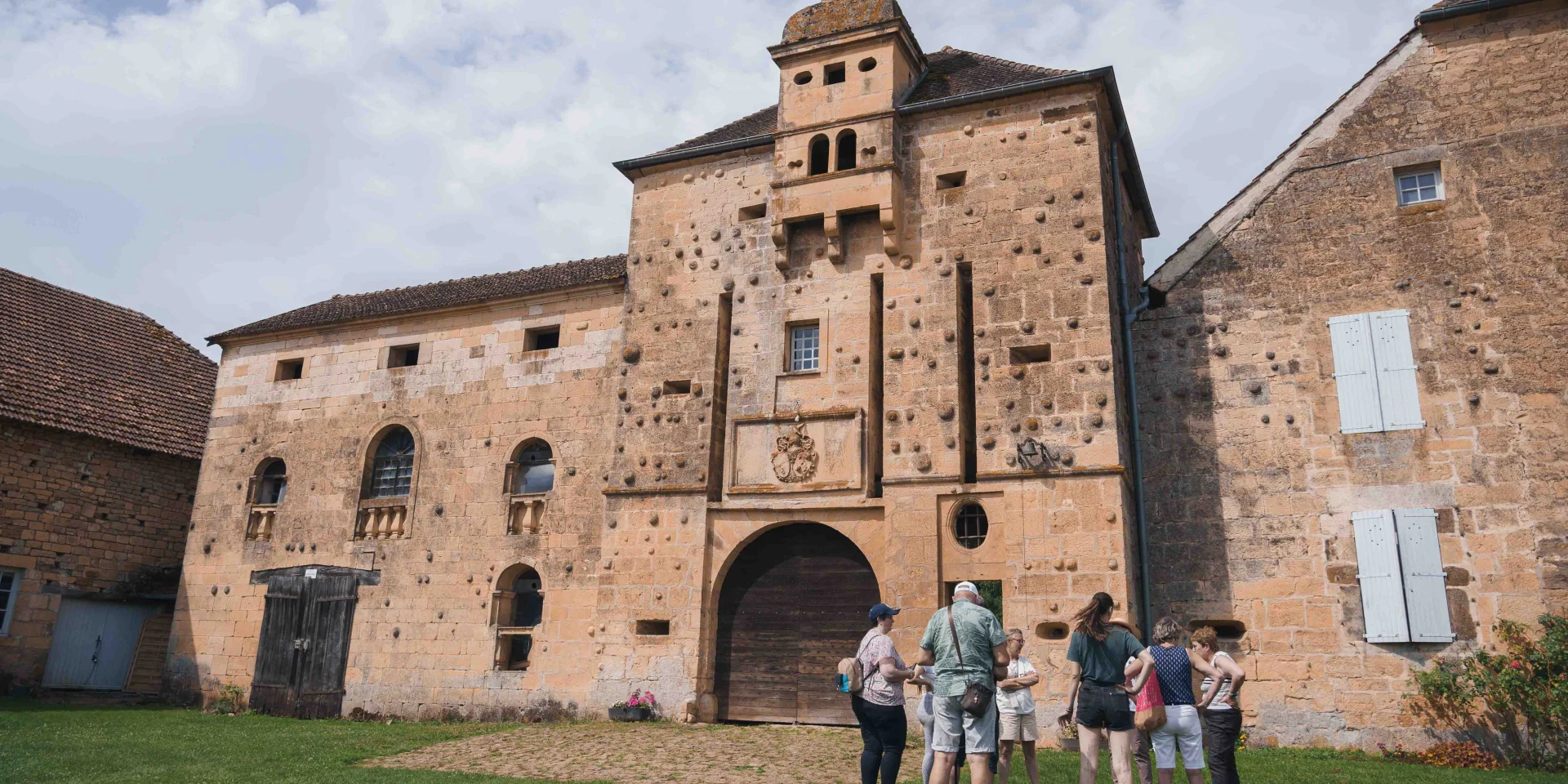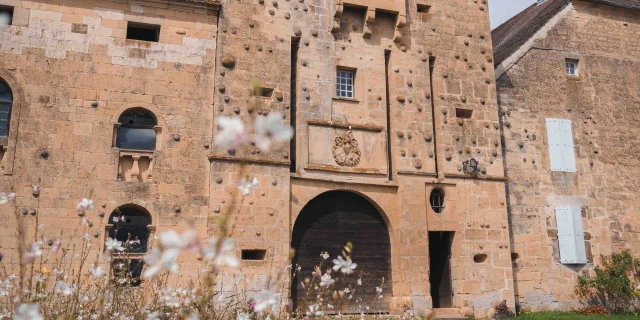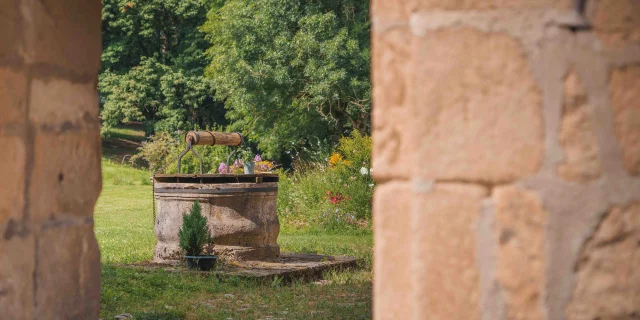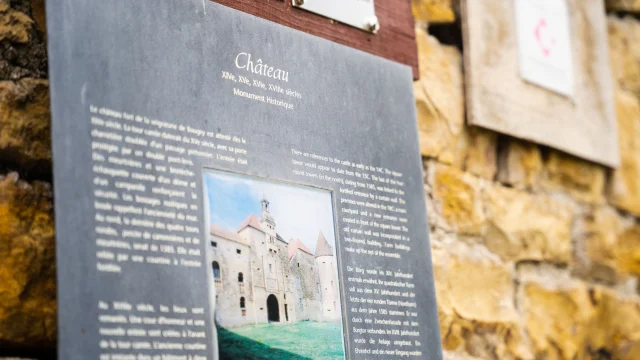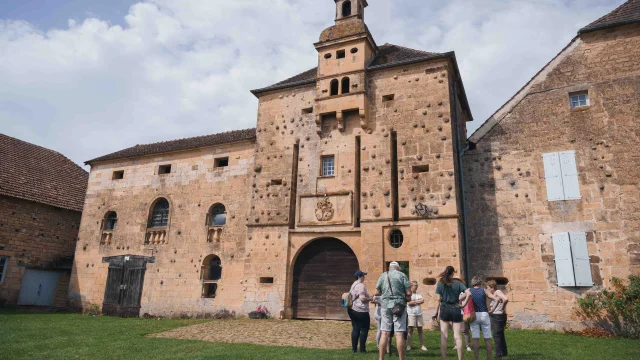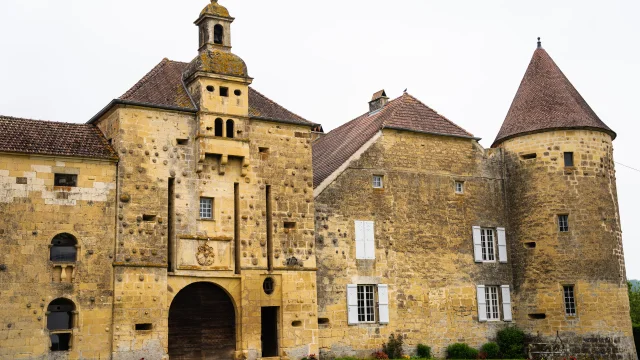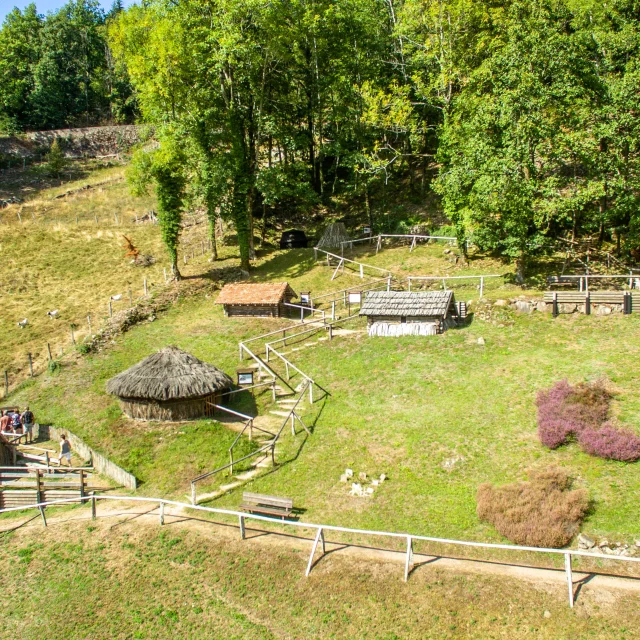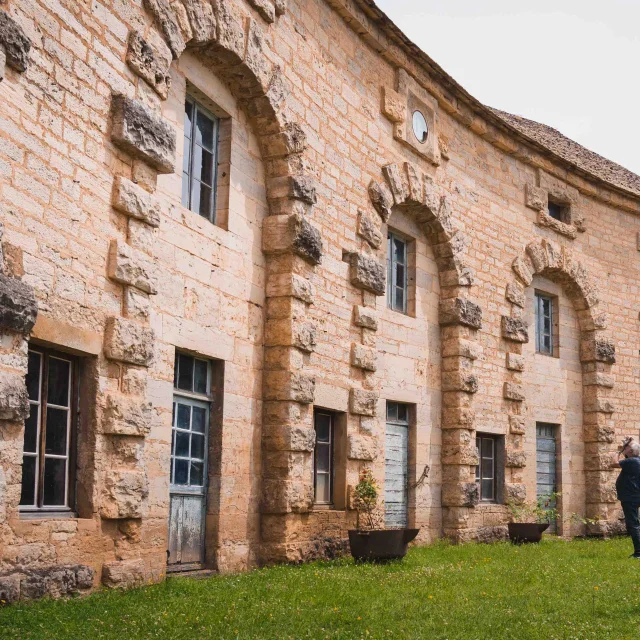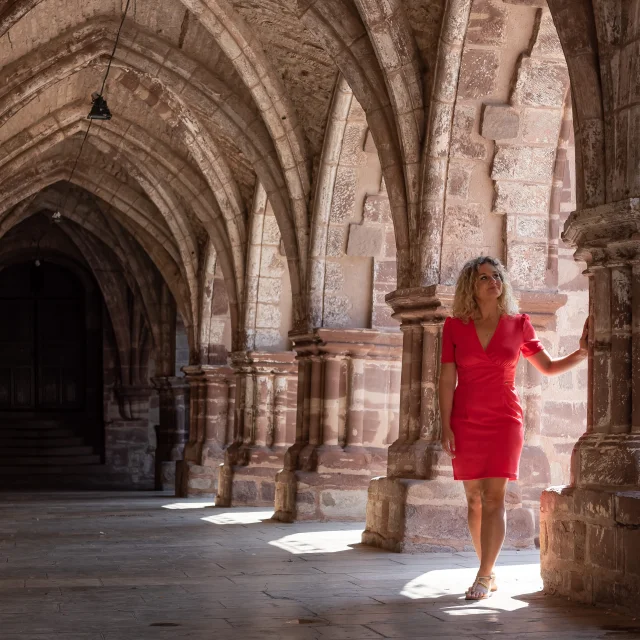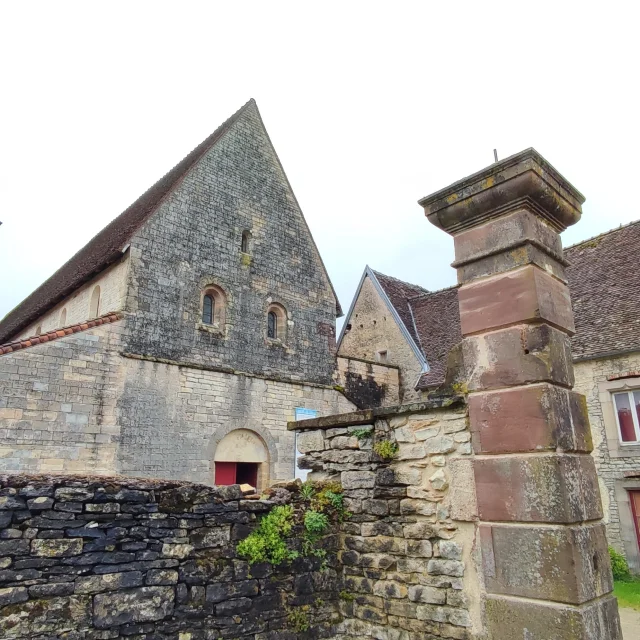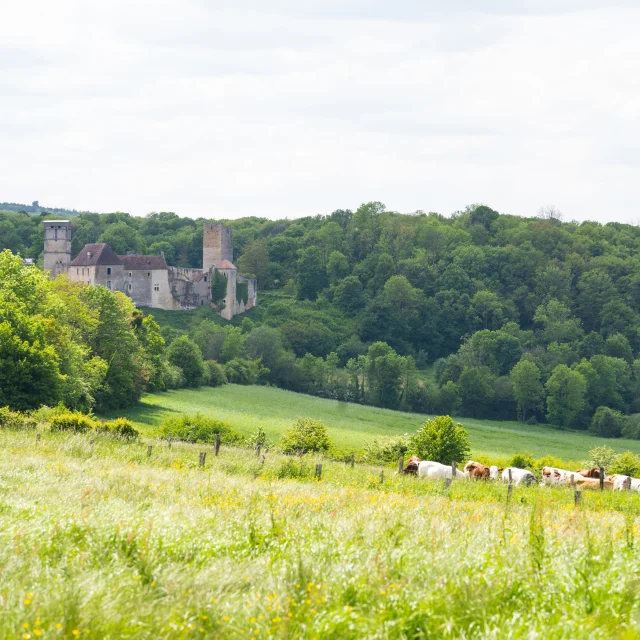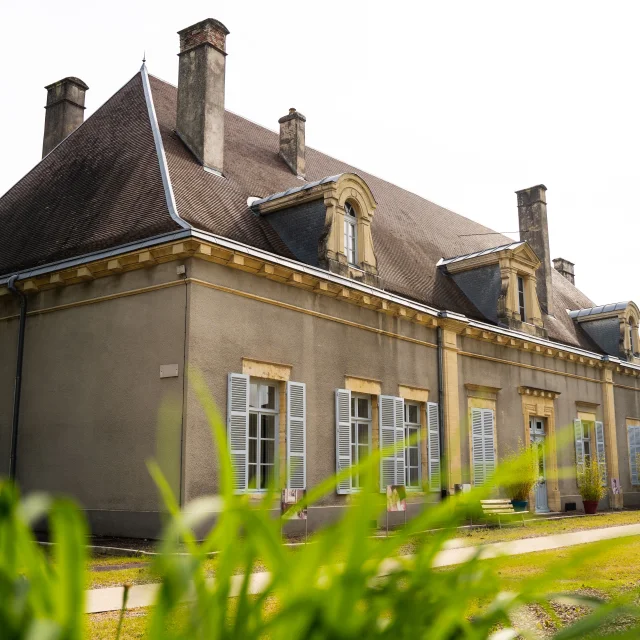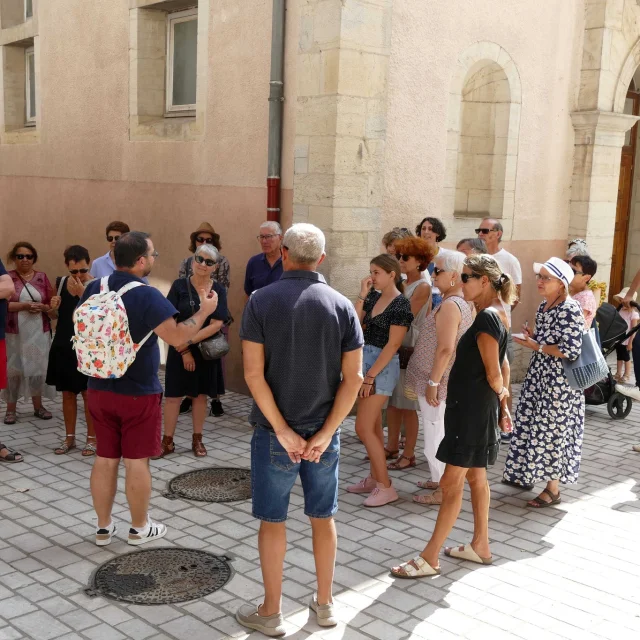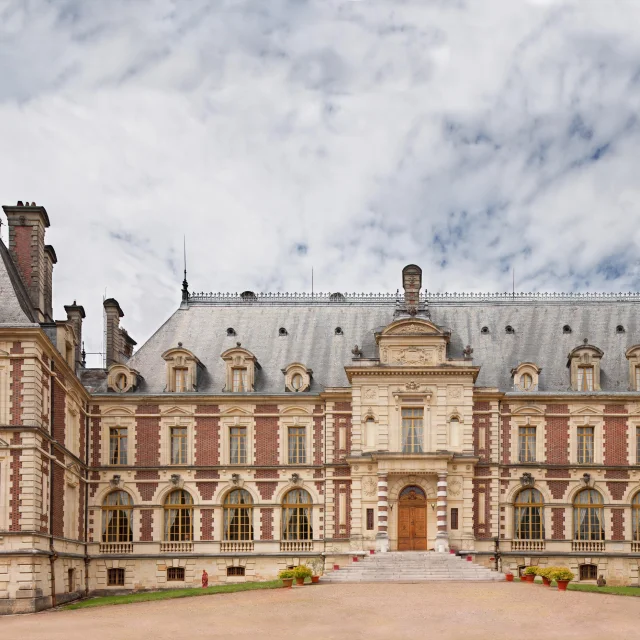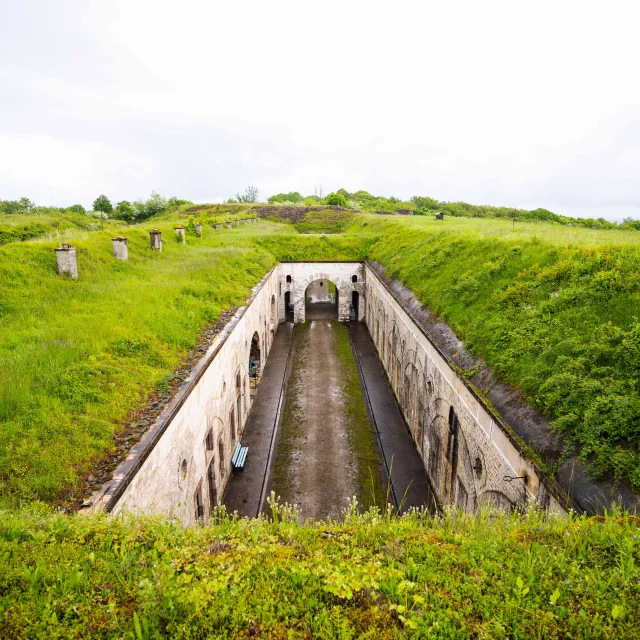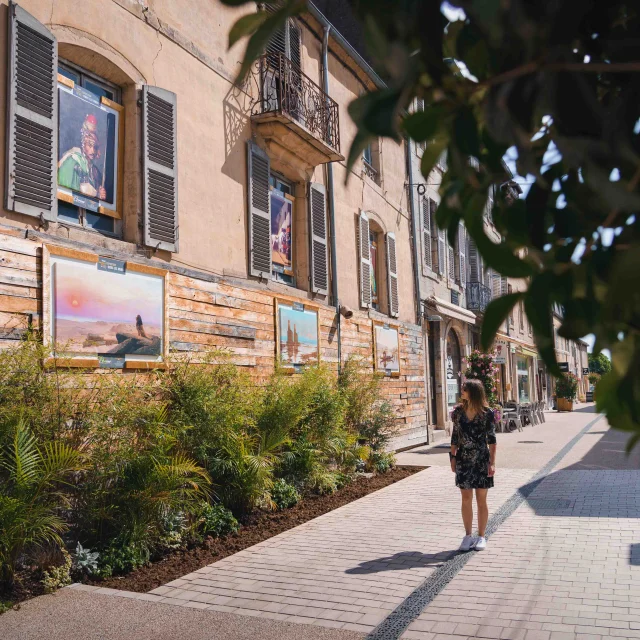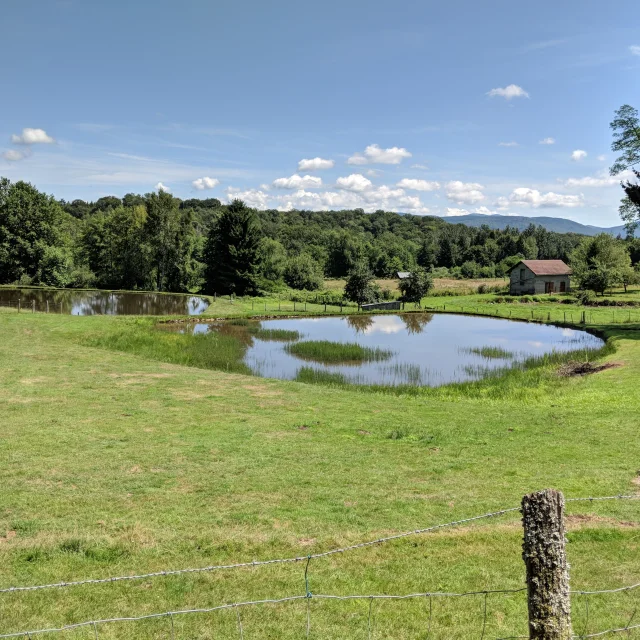Founded in the early 14th century, the Château de Bougey has been shaped by history over the centuries, and today features a variety of architectural styles. It played a crucial role in defending the borders. Its strategic position made it one of the first lines of defence against the enemy invasions that ravaged the region from the 15th to 17th centuries. Over the centuries, the castle has undergone a number of transformations.
The sixteenth and seventeenth centuries saw major defensive modifications, while the nineteenth and twentieth centuries saw its gradual conversion into a farm. A particularly interesting chapter in its history was written in 1944, when it was used as an underground hospital during the Second World War.
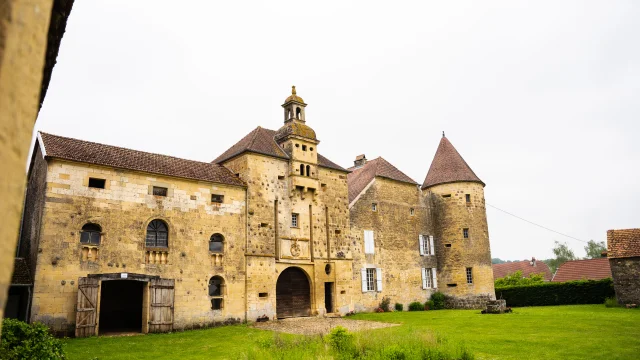 Exterior view of the Château de Bougey - Vesoul - Val de Saône
Exterior view of the Château de Bougey - Vesoul - Val de Saône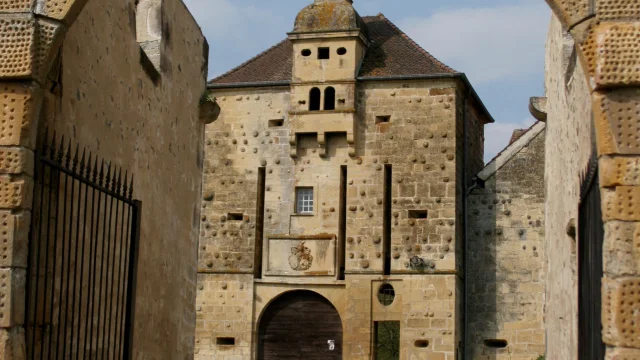 Main entrance to Château de Bougey - Vesoul - Val de Saône
Main entrance to Château de Bougey - Vesoul - Val de SaôneUnique and varied architecture
Château de Bougey stands out for its unique blend of architectural styles. Its watchtower, topped by a belfry, is a remarkable feature, as are the mysterious “pustule bosses” that adorn its walls. A classical section features balustraded windows. The architectural ensemble bears witness to influences from Lorraine and Champagne, which blend harmoniously with medieval defensive architecture.
